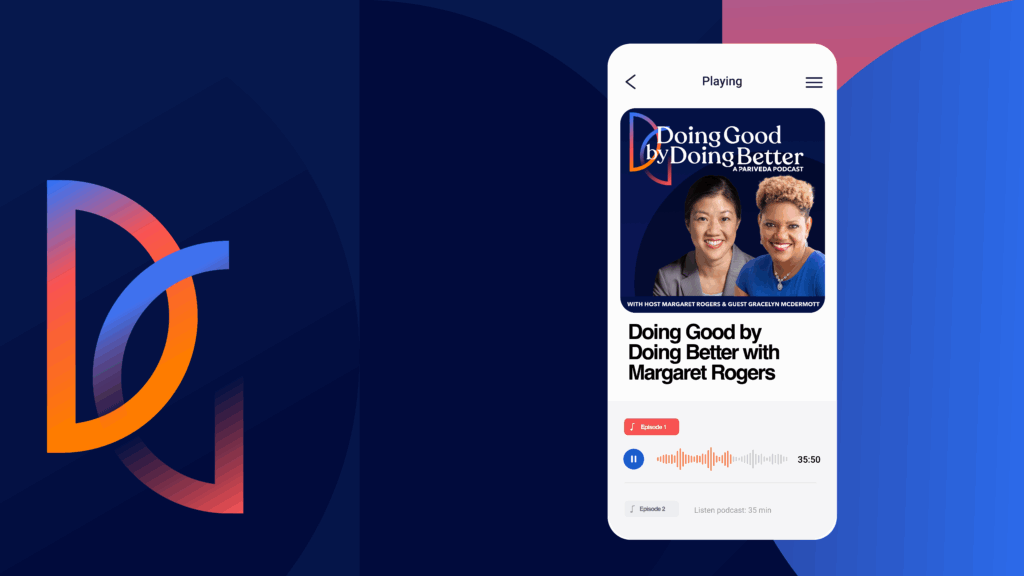Guide
Why human intuition still matters in the age of AI and Predictive Analytics
- Learn why intuition still matters in the age of AI, as leaders blend gut instinct with predictive analytics to make smarter, more resilient decisions.

Artificial Intelligence (AI) and big data have transformed the decisions of modern businesses. From predictive analytics to real-time dashboards, machines are helping us see patterns and possibilities like never before. However, even with all this firepower, something critical is often overlooked: the human gut, aka intuition.
Intuition, the fast, experience-driven judgment we often refer to as a “gut feeling,” isn’t old-fashioned or irrational. When paired with data and AI, it becomes a powerful tool for navigating complexity, ambiguity, and change. This perspective explores how leaders can balance machine precision with human insight to make more informed and resilient decisions that go from ideas to impact.
The hidden power of the gut
Think of human intuition as your brain’s autopilot, fueled by years of lived experience, pattern recognition, and emotional intelligence. It’s what helps seasoned leaders:
- Spot emerging opportunities that haven’t hit the data yet.
- Navigate incomplete or conflicting information when there’s no “right” answer.
- Sense intangibles like brand perception, employee morale, or customer emotion.
- Break away from convention and green-light bold, unconventional ideas.
- Respond to black swan events, where data models fall flat.
Just as a jazz musician improvises based on thousands of hours of practice, intuitive decisions emerge from deep, often subconscious expertise, rather than guesswork.
What AI can (and can’t) do
AI is like a super-smart analyst: lightning-fast, ruthlessly logical, and entirely objective. It can:
- Crunch massive datasets and surface trends.
- Automate decisions where clear rules exist.
- Optimize processes and flag inefficiencies.
But AI also has blind spots, and that’s where human insight and intuition come in:
- Historical bias: AI learns from past data, which can unintentionally reinforce outdated patterns, norms, or assumptions. Without human oversight, these biases may go unchallenged.
- Lack of context: An AI model might reveal a trend and identify a correlation in data. But data tells us what’s happening, not always what it means. It takes human understanding to uncover the “why” behind the data and not overlook the underlying story behind it.
- Emotional void: AI doesn’t understand nuance, human emotion, or ethics. The ability to interpret these is all critical when decisions impact people.
- Poor response to the unexpected: When surprises occur, like a sudden shift in market sentiment or a global disruption, AI stumbles. Humans, on the other hand, can handle outliers and unpredictable events because we can adapt and reframe based on intuition and lived experience.
The risk? You end up “data rich but insight poor”, overwhelmed with information but missing the bigger picture.
The hybrid model for augmented decision-making
The real opportunity lies in combining the strengths of both AI and human intuition. I call this augmented decision-making.
In this model:
- AI informs. It delivers data, flags anomalies, and projects outcomes.
- Humans interpret. We add context, values, judgment, and emotional intelligence.
- Together, they decide. We blend data with gut checks for sharper, faster decisions.
Example: Imagine a product team reviewing a new feature. The data says it’s underperforming. But the team’s intuition, based on user feedback and competitor trends, suggests it’s ahead of its time. Instead of killing it, they pivot the marketing. Two months later, it’s a hit. That’s the gut + data at work.
How leaders can develop the intuition muscle
Creating an environment where data and intuition work together takes intention. Here’s how:
1
Train for judgment
- Build leadership programs that develop pattern recognition, critical thinking, and scenario-based decision-making.
- Use post-mortems and retros to reflect on intuitive decisions, what worked, and what didn’t.
2
Audit the data, question the model
- Regularly check for algorithmic bias.
- Encourage teams to ask, “What’s missing from this data?”
3
Foster a gut-friendly culture
- Create psychological safety where employees feel comfortable sharing instinct-driven insights.
- Celebrate stories where gut calls made a difference, not just the ones backed by spreadsheets.
4
Mix the mindsets
- Build cross-functional teams that combine data scientists, customer-facing staff, and seasoned strategists.
- Encourage “gut checks” in decision meetings as part of the process, not a sidebar.
Don’t silence the gut, upgrade it
AI isn’t here to replace human judgment; it’s here to amplify it. By building a culture where data supports instinct and instinct challenges the data, companies can address today’s challenges while staying prepared for whatever comes next.
In the end, the most successful leaders won’t rely solely on algorithms or intuition, but those who know when to trust the numbers and when to say, “Something doesn’t feel right.”
The future of intelligent decision-making? It’s not either/or. It’s both.






















